42 minerals on food labels
New Food Label Spotlight: Vitamins and Minerals In the updated label, that same section will jettison vitamin A and vitamin C (the FDA asserts, "In the early 1990's, American diets lacked Vitamins A and C, but now Vitamins A and C deficiencies in the general population are rare"), replacing them with vitamin D and potassium. Calcium and iron will remain on the label. Food labeling: MedlinePlus Medical Encyclopedia VITAMINS AND MINERALS Vitamin D, calcium, iron, and potassium are the only micronutrients required to be on the food label. Food companies can voluntarily list other vitamins and minerals in the food. PERCENT DAILY VALUE (% Daily Value) Many nutrients include a percent daily value (%DV).
How To Understand Food Nutrition Labels - restaurantware.com Minerals are essential to a healthy diet but are not always listed on food nutrition labels. Some minerals, such as calcium and iron, are essential for bone health and energy production. Others, such as potassium and magnesium, help regulate blood pressure and heart rate. A lack of minerals can cause health problems, so you must ensure that ...

Minerals on food labels
Minerals (for Kids) - Nemours KidsHealth Calcium is the top mineral when it comes to your bones. This mineral helps build strong bones, so you can do everything from standing up straight to scoring that winning goal. It also helps build strong, healthy teeth, for chomping on tasty food. Which foods are rich in calcium? dairy products, such as milk, cheese, and yogurt Understanding Food Labels - Nutrition: Science and Everyday Application ... The FDA uses the following definitions for interpreting the %DV on food labels:4 5%DV or less means the food is low in a nutrient. 10% to 19%DV means the food is a "good source" of a nutrient. 20%DV or greater means the food is high in a nutrient. How to Read Food Labels: Your Complete Consumer Guide The words and images on packaged foods are there for one of two reasons — to sell or to inform. Food manufacturers want to present their products in as positive a light as possible and may sometimes make questionable claims about them. Regulators want the labels to include clear and honest data about quality, nutrients, and ingredients. The result is often a confusing mash-up that leaves ...
Minerals on food labels. How to find vitamins and minerals not listed on nutrition labels? Vitamin D, calcium, iron, and potassium are the four vitamins and minerals that must be stated on every revised Nutrition Facts label. While calcium and iron were previously essential, vitamin D and potassium have now been added to the list, replacing vitamins A and C. Is folate classified as an AB vitamin? Learn How the Nutrition Facts Label Can Help You Improve Your Health The Nutrition Facts label on packaged foods is based on updated science and dietary recommendations for Americans. Using the label can help you choose foods for a healthy diet. The label is required on all packaged foods made in the United States and imported from other countries. The US Food and Drug Administration (FDA) issued regulations in ... The List of Minerals the Body Needs - healthcare nt sickcare Minerals are also important for making enzymes and hormones. You need larger amounts of macro-minerals. They include calcium, phosphorus, magnesium, sodium, potassium, chloride, and sulfur. You only need small amounts of trace minerals. They include iron, manganese, copper, iodine, zinc, cobalt, fluoride, and selenium. Figuring Out Food Labels (for Kids) - Nemours KidsHealth Food contains fat, protein, carbohydrates, and fiber. Food also contains vitamins, such as vitamin D, and minerals, such as calcium and iron. Your body needs the right combination of nutrients to work properly and grow. The Nutrition Facts label is printed somewhere on the outside of packaged food, and you usually don't have to look hard to ...
› business-guidance › nutritionNutrition labelling | Food Standards Agency This scheme is recognised as an important tool in supporting consumers to better understand the nutrient content of their food and drink. The FSA in partnership with Department of Health and Social Care (DHSC), Food Standards Scotland and the Welsh Government launched a four nation Front of Pack Nutritional Labelling consultation in July 2020. How to Understand and Use the Nutrition Facts Label | FDA - U.S. Food ... Dietary fiber, vitamin D, calcium, iron ad potassium are nutrients on the label that Americans generally do not get the recommended amount of. They are identified as nutrients to get more of.... Nutrition Facts Labeling — FDA Reader Macronutrients & Minerals (In order) Calcium Iron Phosphorus Iodine Magnesium Zinc Selenium Copper Manganese Chromium Molybdenum Chloride Potassium Vitamins and minerals must appear in the label if: They appear in a serving of the product When they are added as a nutrient supplement When a claim is made about them Food Labels: Fat & Cholesterol | Home & Garden Information Center The 2015 Dietary Guidelines for Americans recommends the following intakes of fat and cholesterol every day: total fat—20 to 35% of calories, depending on age and gender (65 grams for the 2,000-calorie intake level used in the Daily Value)*. saturated fat—less than 10% of calories**. trans fat— keep as low as possible.
How To Read Food and Beverage Labels - National Institute on Aging Or you can call the U.S. Department of Agriculture's Food and Nutrition Information Center at 301-504-5414. Understanding percent Daily Value (% DV) The percent Daily Value (% DV) tells how much a nutrient in a serving of the food or beverage contributes to a total daily 2,000-calorie diet. › managing › eat-wellFood Labels | CDC - Centers for Disease Control and Prevention In general, eat more foods that are higher in vitamins, minerals (such as calcium and iron), and fiber. Eat fewer foods that are higher in added sugars, saturated fat, and sodium (salt), and avoid trans fat. Keep in mind that the % Daily Value of each nutrient, such as total fat of 10% in the example below, is based on eating 2,000 calories a day. Minerals In Food - Definition, Types, Sources and Examples - BYJUS There are many examples of minerals in food; these include: Calcium Phosphorus Potassium Sodium Iodine Iron Magnesium The body also requires other minerals in trace amounts such as selenium, cobalt and molybdenum. These elements are known to have a specific function in the human body. Types of Minerals in Food Minerals in Food - Definition, Categories, Importance ... - VEDANTU Calcium. Soy milk, fish, milk by-products, and vegetables. Needed for healthy teeth and bones. Important for blood clotting, nerve functioning, and regulation of blood pressure. Potassium. Fresh fruits, milk, meat, and whole grains. Muscle contraction, fluid balance in the body, and nerve transmission.
How Food Labels Show Minerals and Carbohydrates Potassium follows Sodium on the Nutrition Facts label and is essential to life. Potassium has many functions in our body. Among the most important are: Maintains fluid balance Controls electrical activity of the heart and other muscles Maintains optimal blood pressure by counteracting the effects of sodium Maintains acid to base balance
Where are the vitamins and minerals on a nutrition labels? The Nutrition Facts label may include the following 14 minerals: Calcium, chloride, chromium, copper, iodine, iron, magnesium, manganese, molybdenum, phosphorus, potassium, selenium, sodium, and zinc are some of the minerals found in the human body. On a nutrition label, how are ingredients listed?
› nutritionsource › food-labelUnderstanding Food Labels | The Nutrition Source | Harvard T ... Chile implemented the Law of Food Labeling and Advertising in 2016, comprised of mandatory front-of-package (FOP) warning labels, restrictions on child-directed marketing, and the banning of sales in schools of all foods and beverages containing added sugars, sodium, or saturated fats that exceeded set nutrient or calorie thresholds. [1]
Food Labels | Nutrition.gov Folate and Folic Acid on the Nutrition and Supplement Facts Labels HHS, Food and Drug Administration, Center for Food Safety and Applied Nutrition Learn what common foods are natural sources of the vitamin folate, plus what foods may have folic acid added during processing. Interactive Nutrition Facts Label HHS, Food and Drug Administration
Optional Nutrients On The Food Label - LabelCalc What Nutrients are Optional on the Food Label: Voluntary Nutrition Information. Gregory was thoroughly confused. He'd finished perfecting the recipe for his protein-packed energy bars, which he'd been selling at the local Farmers Market for the past year. ... While the FDA requires that some specific vitamin, mineral, and macronutrient ...
› Standard-Process-Minerals-B12Amazon.com: Standard Process Trace Minerals-B12 - Whole Food ... Mar 01, 2008 · Buy Standard Process Trace Minerals-B12 - Whole Food Spleen, Bone Health, Immune Support, Metabolism and Thyroid Support with Manganese, Kelp, Iodine, Copper, Vitamin B12, Zinc, and Iron - 90 Tablets on Amazon.com FREE SHIPPING on qualified orders
List of Minerals in Foods There are at 26 documented food sources of calcium. Some of the 26 sources are green leafy vegetables, blackstrap molasses, summer squash, green beans, oranges, asparagus, rhubarb and cabbage. Chloride - Sea salt, table salt, salt substitutes Magnesium - Green vegetables, legumes, nuts, seeds and whole grains Phosphorus
What Vitamins And Minerals Are Required On A Food Label Vitamins Required on Label. Vitamin D and potassium values are required. Vitamins A and C will not be required however could be included on a voluntary foundation. Slight Lower in Sodium Allowance. The day by day restrict for sodium decreased barely from 2,400 mg per day to 2,300 mg per day. This modification matches the advice within the ...
FDA Rounding Rules for Your Food Label - LabelCalc 10% or less of the RDI for any vitamins or minerals, round to the nearest 2% increment (i.e. 5 rounds to 6). Between 10% and 50% of the RDI for any vitamins or minerals, round to the nearest 5% increment (i.e. 23 rounds to 25). 50% or higher of the RDI for any vitamins or minerals, round to the nearest 10% increment (i.e. 106 rounds to 110).
16 Foods Rich in Minerals - Healthline Although equally important, trace minerals, including iron, copper, fluoride, selenium, zinc, chromium, molybdenum, iodine, and manganese, are needed in smaller amounts ( 2 ). Minerals can be...
› healthy-living › food-andVitamins and minerals - Food and nutrition | NHS inform Apr 30, 2020 · Three-quarters of the salt we eat is already in the food we buy, so checking the label and choosing foods that are lower in salt is one of the best ways to cut down. On food labels, there should be a figure for salt per 100g. High is more than 1.5g salt per 100g (or 0.6g sodium) Low is 0.3g salt or less per 100g (or 0.1g sodium) Daily intake
› food › food-labeling-nutritionChanges to the Nutrition Facts Label | FDA - U.S. Food and ... The updated label appears on the majority of food packages. Manufacturers with $10 million or more in annual sales were required to update their labels by January 1, 2020; manufacturers with less ...
› pet-food-labels-generalPet Food Labels - General | FDA Most ingredients on pet food labels have a corresponding definition in the AAFCO Official Publication. ... The majority of ingredients with chemical-sounding names are, in fact, vitamins, minerals ...
Vitamins and Minerals | Nutrition.gov Interactive Food Label: Vitamins and Minerals. HHS, Food and Drug Administration, Center for Food Safety and Applied Nutrition. How can the Nutrition Facts label help you to choose foods rich in vitamins and minerals? Use this interactive resource to find out! Vitamins and Minerals Chart ...
Nutrition Labels 101: What's Required? What's Optional? 5. Trans Fat. Trans fat is the worst of the "bad fats," which is why in 2006 the FDA began requiring it to be listed separately on nutrition labels. Trans fat, like saturated fat, increases LDL cholesterol levels (i.e., "bad" cholesterol) but also lowers HDL cholesterol levels (i.e., "good" cholesterol). So it's a bit of a ...
Understanding Nutrition Facts on Food Labels - WebMD Serving Size: An Important Part of Food Labels. At the top of the Nutrition Facts section, you'll see the serving size (such as 1/2 cup, five crackers, or 10 chips) and servings per container (such as two, four, six). The food label then lists the number of calories, grams of fat, grams of saturated and trans fat, etc., per serving.
How to Read Food Labels: Your Complete Consumer Guide The words and images on packaged foods are there for one of two reasons — to sell or to inform. Food manufacturers want to present their products in as positive a light as possible and may sometimes make questionable claims about them. Regulators want the labels to include clear and honest data about quality, nutrients, and ingredients. The result is often a confusing mash-up that leaves ...
Understanding Food Labels - Nutrition: Science and Everyday Application ... The FDA uses the following definitions for interpreting the %DV on food labels:4 5%DV or less means the food is low in a nutrient. 10% to 19%DV means the food is a "good source" of a nutrient. 20%DV or greater means the food is high in a nutrient.
Minerals (for Kids) - Nemours KidsHealth Calcium is the top mineral when it comes to your bones. This mineral helps build strong bones, so you can do everything from standing up straight to scoring that winning goal. It also helps build strong, healthy teeth, for chomping on tasty food. Which foods are rich in calcium? dairy products, such as milk, cheese, and yogurt



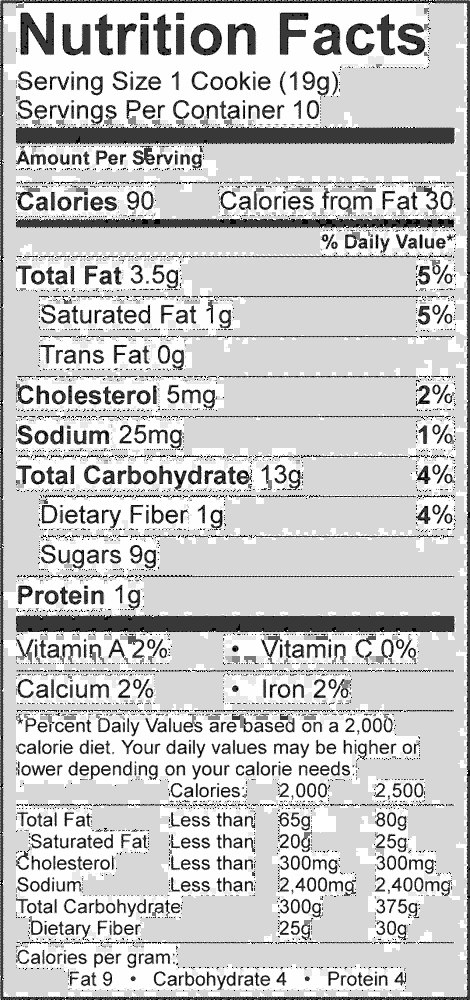



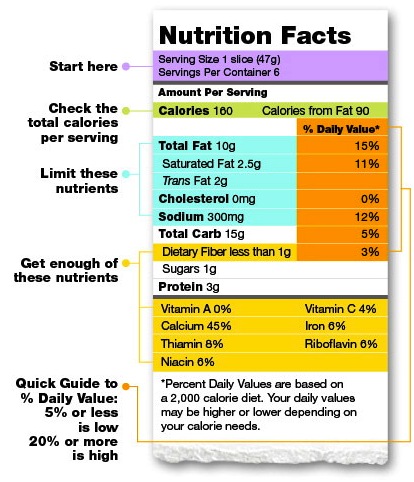
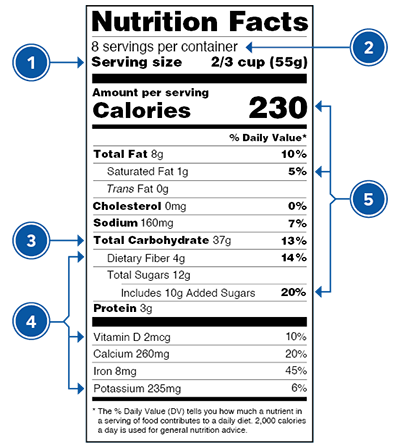

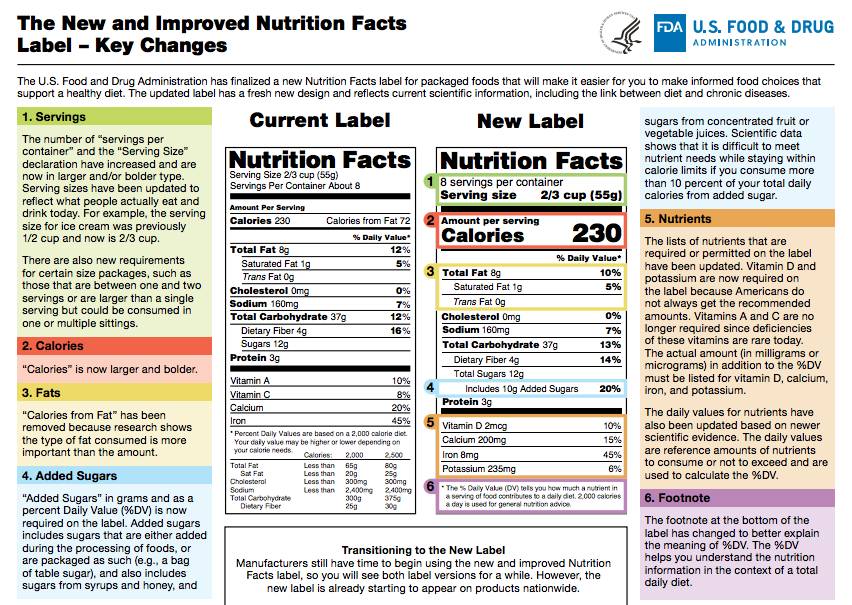


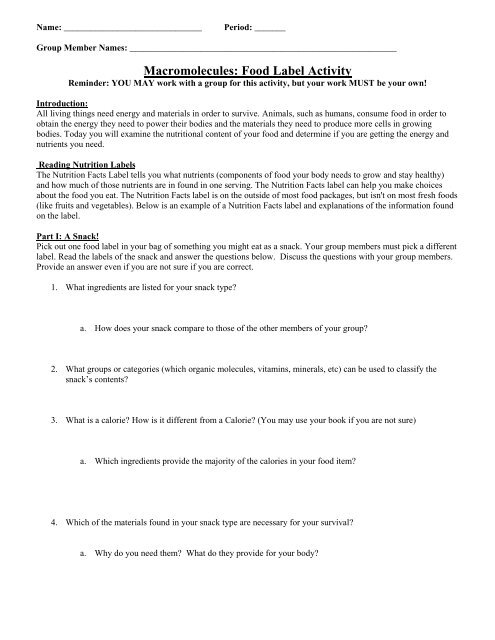

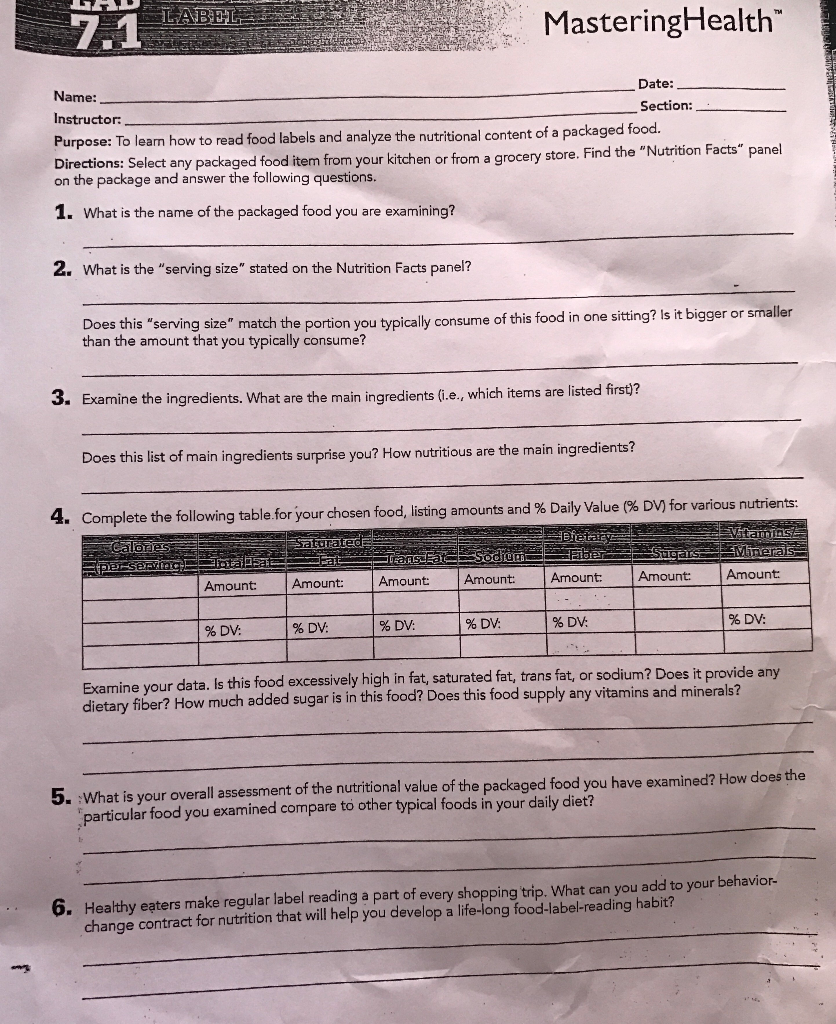
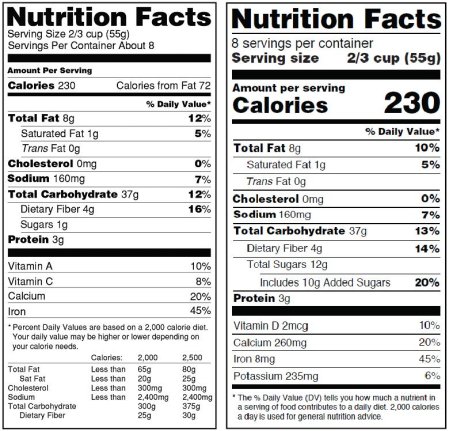
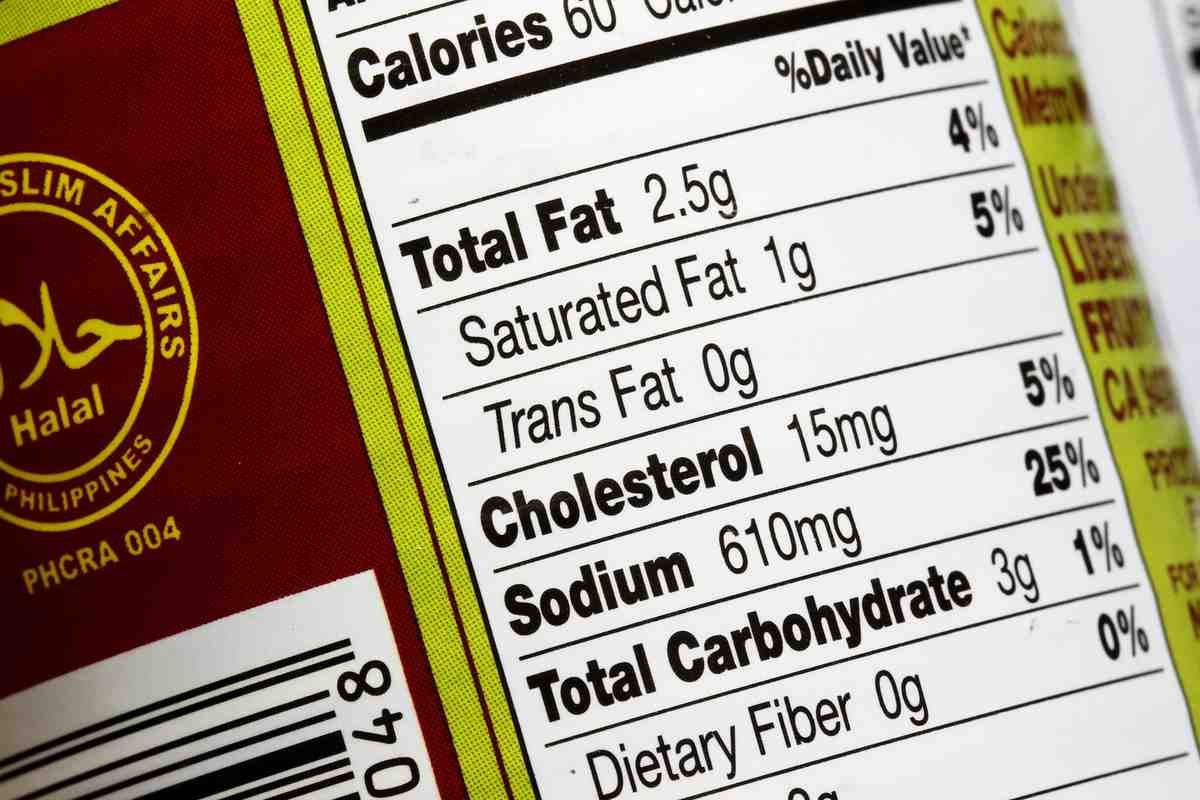

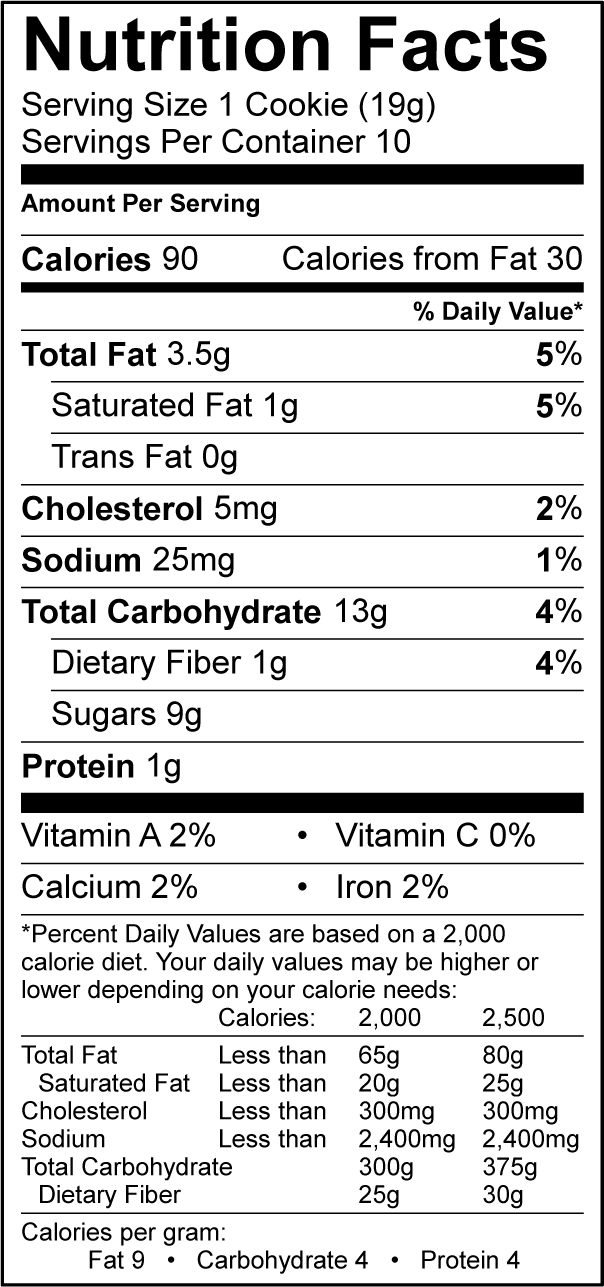



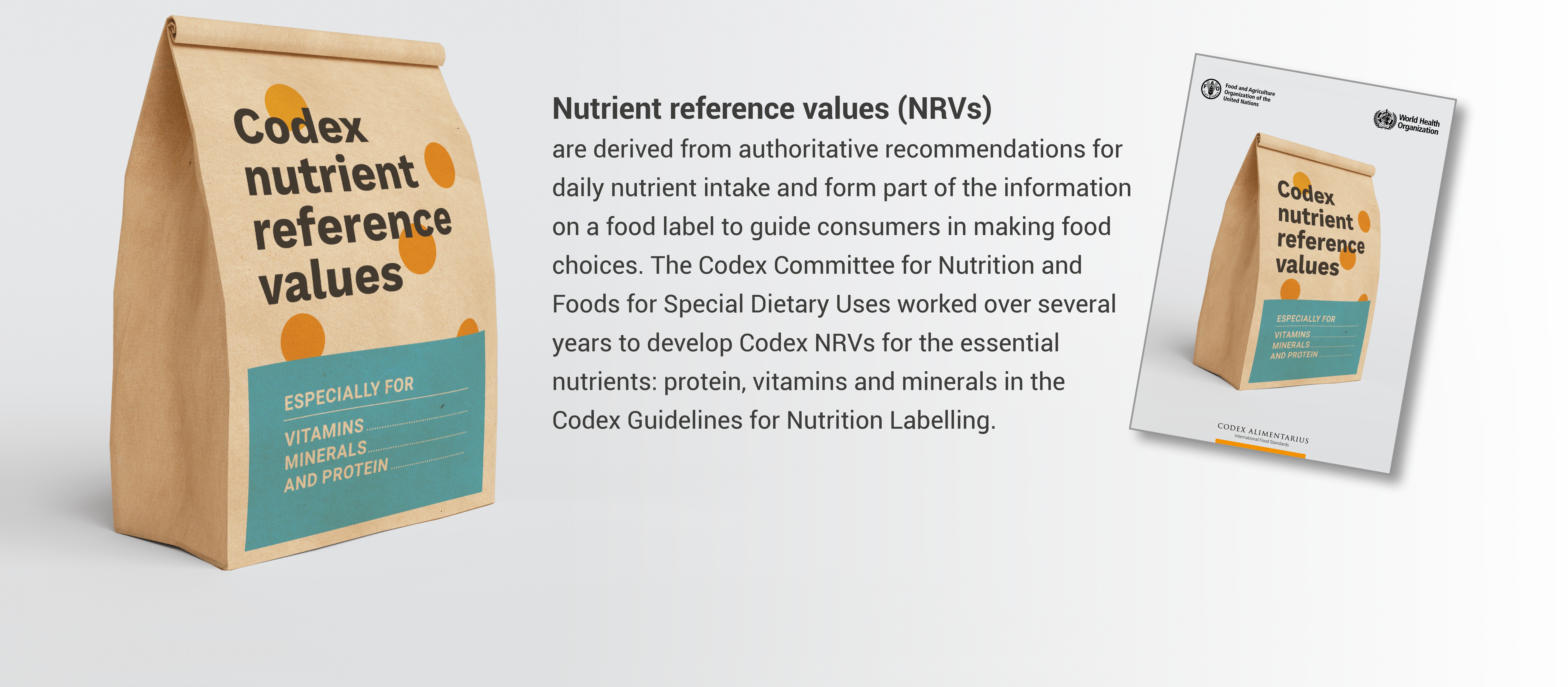




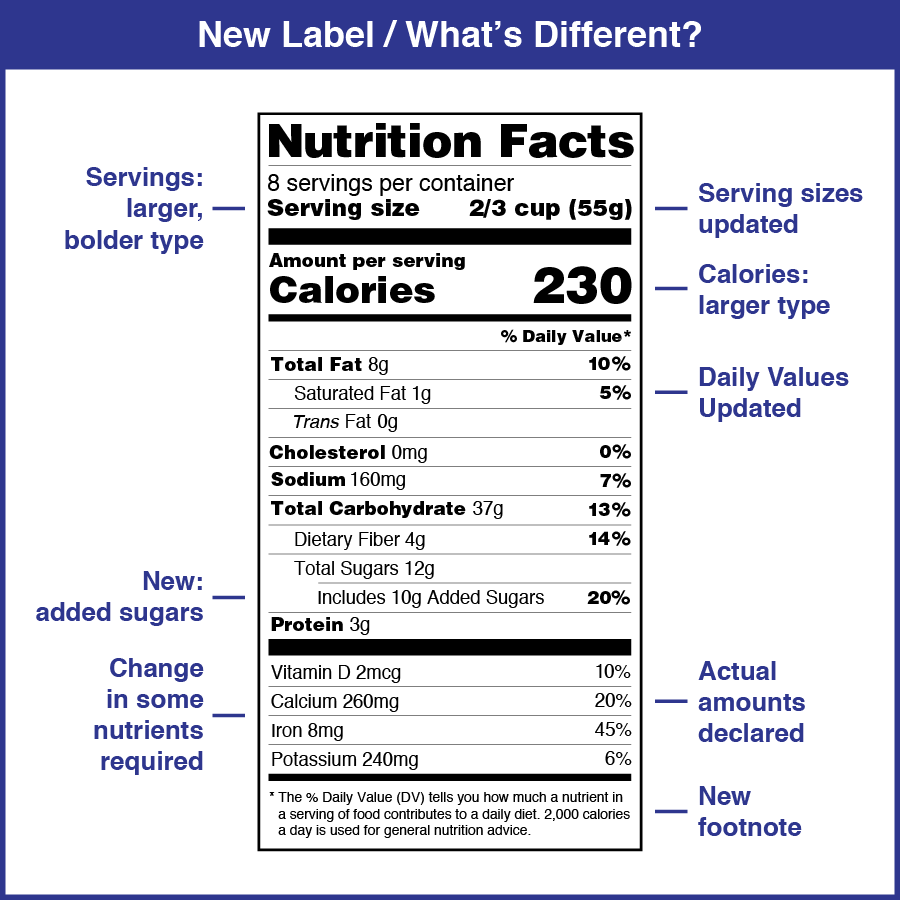
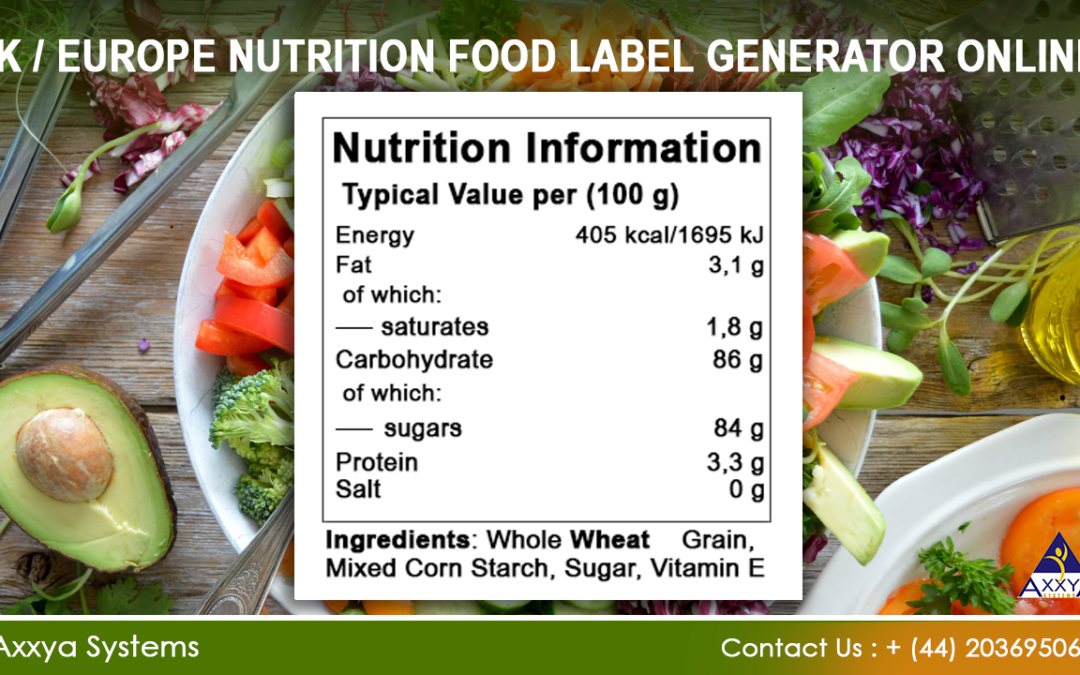
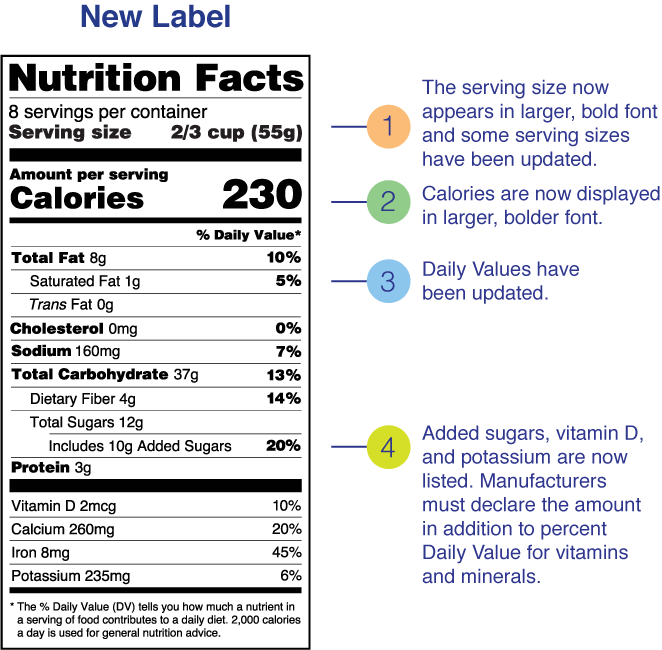


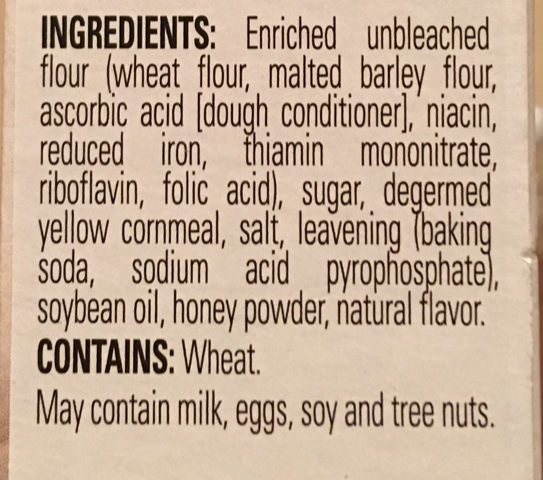
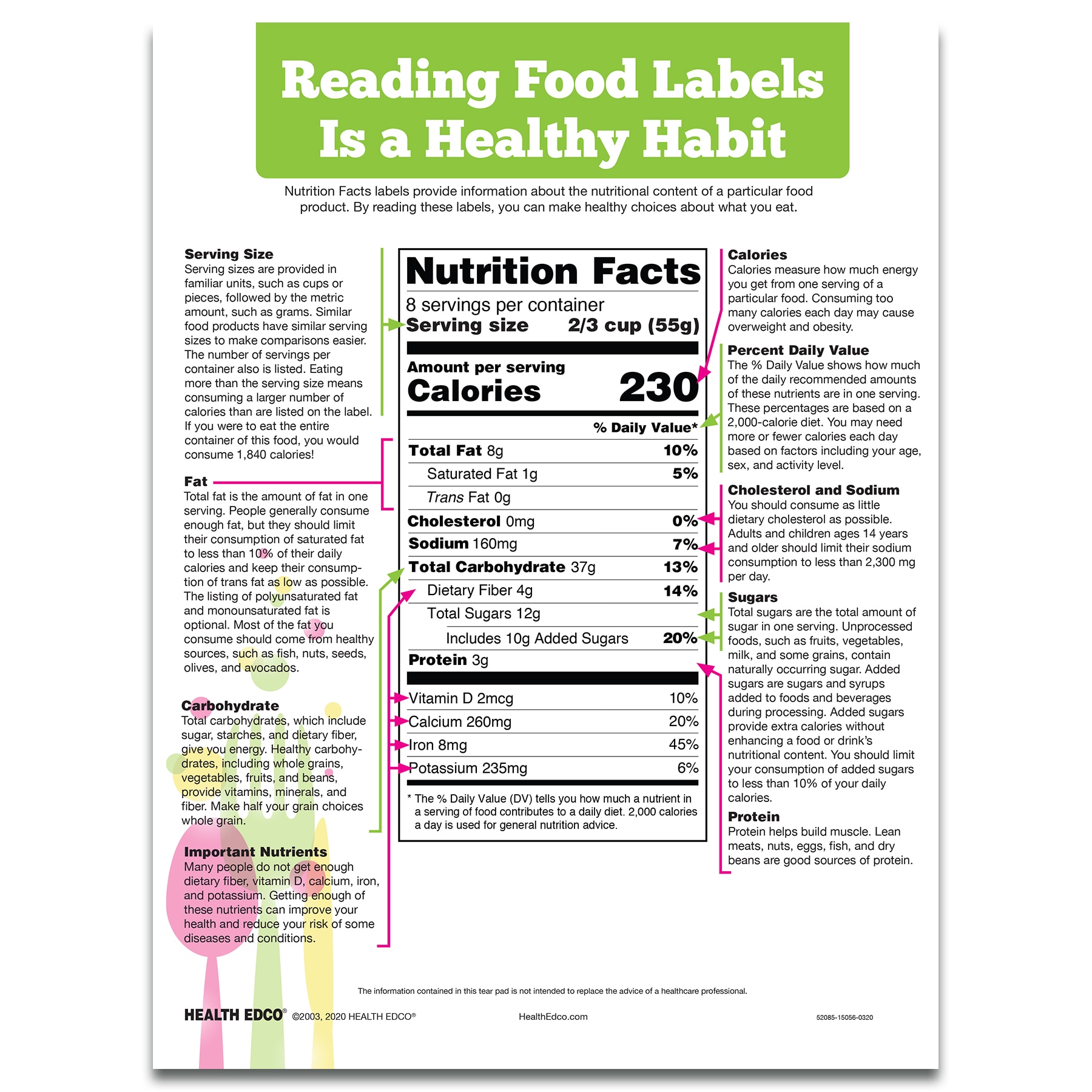
Post a Comment for "42 minerals on food labels"